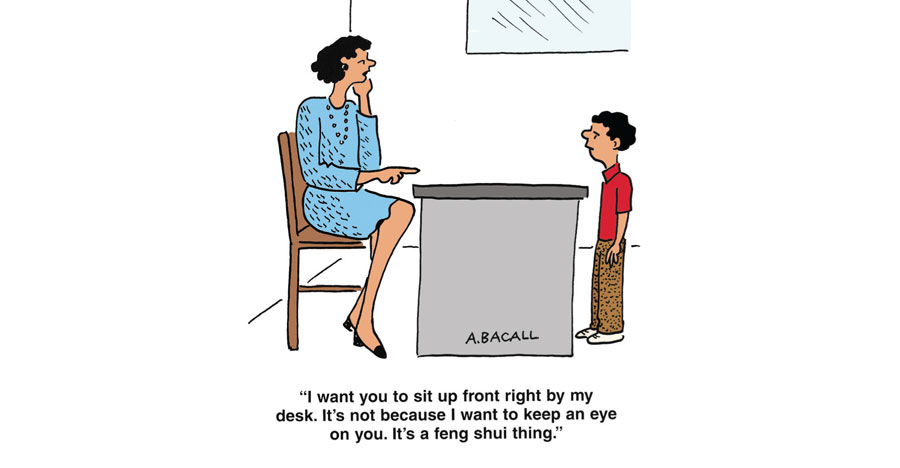by Dr. Jane Nelsen and Dr. Kelly Gfroerer
Scheduling special time is one way to create a connection with students.
When teachers take even just a few minutes to greet students as they come in the door, show concern for students’ problems, or take time for a little one-on-one instruction, the results can be profound. When students feel their teachers care, students are more likely to be engaged in learning and less likely to seek negative attention or engage in power struggles because their fundamental need to feel belonging is met. As connection increases, misbehavior decreases! Special Time is powerful—even when it takes only a few seconds.
It can take a huge paradigm shift to realize the value of special time because most adults were raised with an autocratic, top down approach to discipline. Unfortunately, this autocratic approach also focused on shame and blame rather than the importance of “connection before correction” and finding solutions.
Following are a few examples of special time.
- Ask a student to join you for lunch or at an identified time. Keep a roster to make sure all of your students have this opportunity.
- Set up two chairs at the back of the room. Call students to sit with you for 5 minutes (one at a time) while others are doing quiet work. Ask them to share their special interests.
- During Special Time, students love to hear you share your special interests.
- Use Special Time spontaneously whenever you notice that a student needs it, and/or that you need it to connect with a student who is particularly challenging.
- It may take several days or weeks to spend this Special Time with every student.
While it may be difficult to find time during the school day for special time with individual students, the pay-off can be huge. One first grade teacher with 26 students in her class shared how much more successful the day goes when she stands at the classroom door and greets each student individually when they arrive. Structuring arrival time so she can be at the door greeting each student results in more on task learning and group cooperation.
Mrs. Petersen was concerned about a child in her room whose mistaken goal was power. Debbie often refused to do her work and openly displayed hostility with sneers and sullen looks. Mrs. Petersen asked Debbie to stay after school one day. Debbie stayed, looking as if she were ready for a battle. Mrs. Petersen did not mention any problem behavior; she instead asked Debbie if she would tell her about the most fun thing she had done the night before. Debbie would not answer. Mrs. Petersen thought, “This isn’t working,” but continued “Well, I would like to tell you what I did for fun last night.” She then went on to share something she had done with her family the night before. Debbie still refused to respond. Mrs. Petersen told Debbie she could leave, but she would love to hear from her anytime she felt like sharing what she liked to do for fun.
Mrs. Petersen felt discouraged, thinking the exchange had not been very helpful. However, the next day she noticed Debbie no longer had a chip on her shoulder and did not display any hostility. After school Debbie showed Mrs. Petersen a picture she had drawn of herself and a friend riding bikes. She explained this was the most fun thing she had done the night before. Mrs. Petersen then shared another fun thing she had done.
If you analyze it, you will understand why such a brief exchange can have such dramatic results. First, the child feels singled out for special attention. The child may reject this special attention at first because of his or her suspicion that it will probably be another session for blaming and lecturing. Second, the child experiences the unexpected when the teacher ignores behavior problems. Third, adults often show interest in having children share, but they don’t demonstrate mutual respect by sharing themselves. A child may feel extra belonging and significance when you share something about yourself.
Many teachers share that they don’t have time for special time. It is true that teacher’s are feeling so much pressure to help students pass academic tests. However, teachers who understand that encouragement is just as important (if not more) as academics find a few minutes while children are doing seat work or walking in line.
Taking a few minutes for Special Time will build a teacher student connection and have a positive effect on behavior and learning all year long.



No Comments yet!